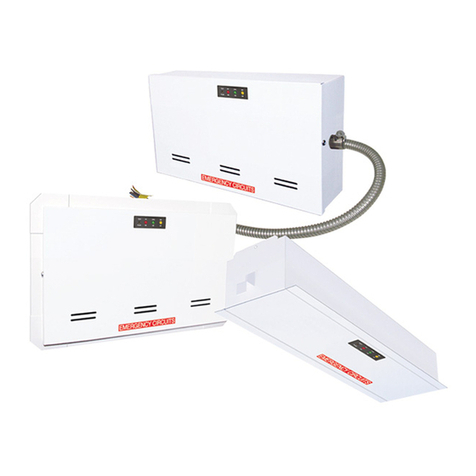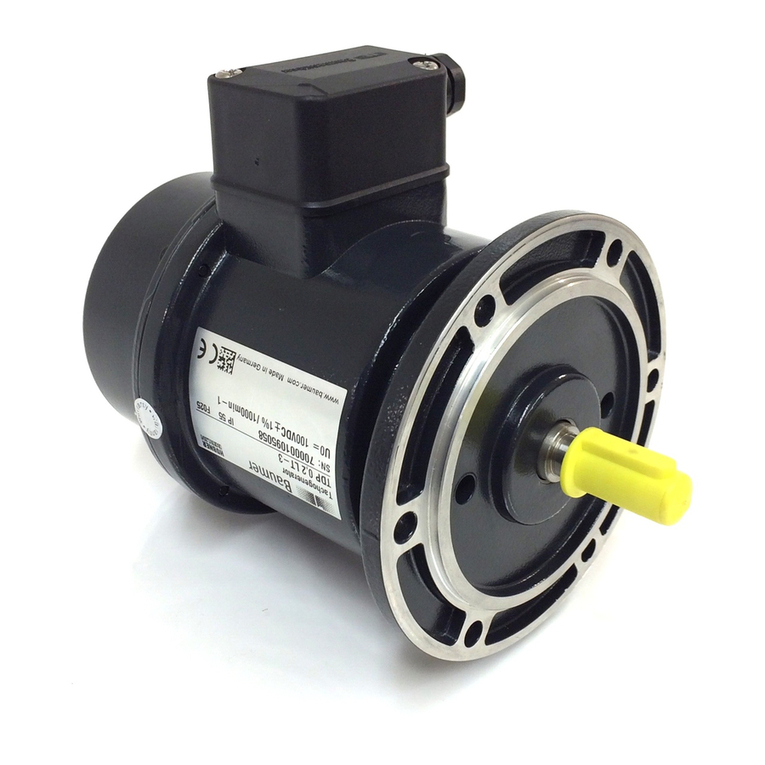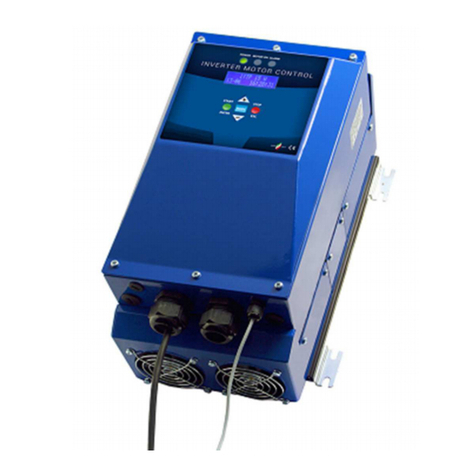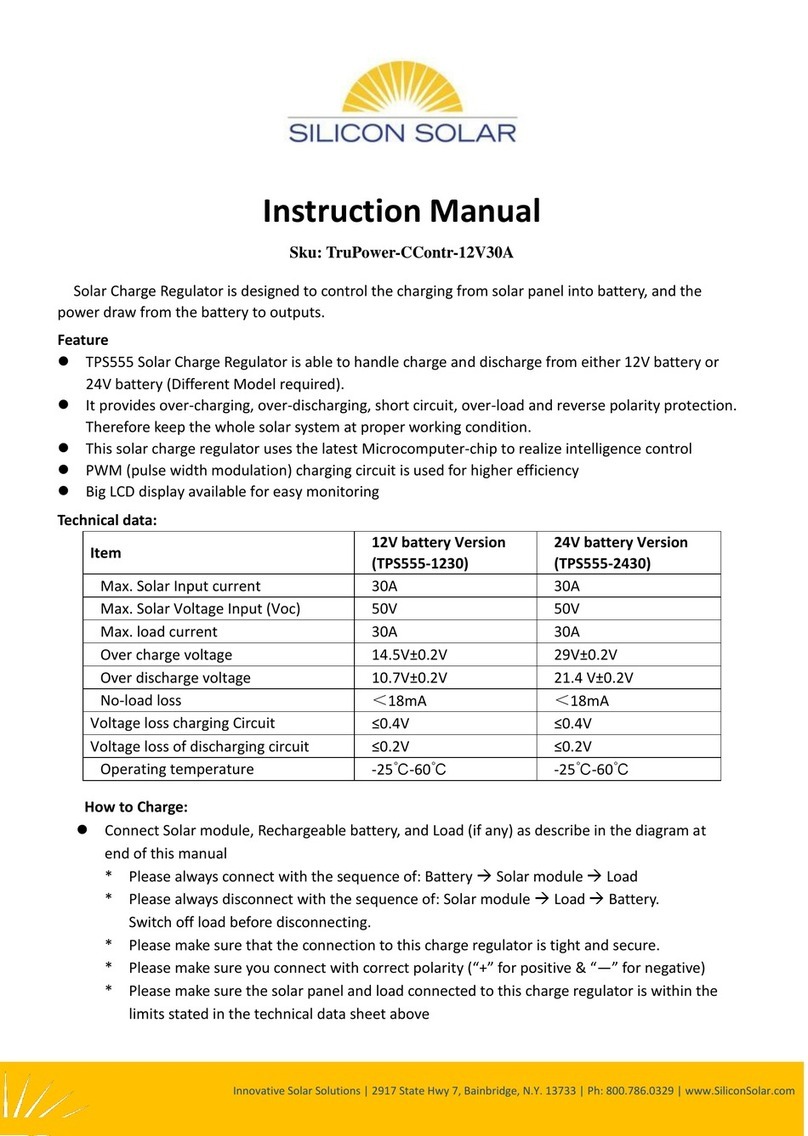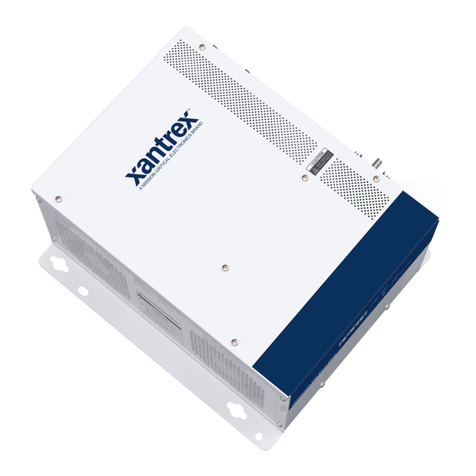
Fig. 2 Location of pictograms on the device.
9 / 582 Safety - general information
Commercial Division of the National Court Register, holder of NIP (Tax ID no.) 7390207757.
O
Device – the inverter and the set of components covered by the Manufacturer’s delivery. The device has to be
installed in accordance with this manual and used with the intended purpose.
O
Additional Elements – all the components not included in the delivery but which the device can/must be
equipped with according to the Manufacturer’s instructions.
O
User – the legal person, natural person or organizational unit without legal personality that uses the properly
assembled device according to this manual and relevant applicable regulations.
O
Inspections – activities performed in order to assess the technical condition of the device and carry out actions
Every inverter is equipped with a nameplate (Figure 1) with the information listed below (Table 1).
Table 1 List of parameters presented on the nameplate.
2 Safety - general information
This manual is to specify the minimum safety rules within the scope of assembly and use of the device. The quali-
has indicated the recommended personal protective equipment.
2.1 Safety instructions
Safety instructions are presented next to information that require particular attention. Hazard levels are determi-
ned with the use of symbols and colors. Warnings are presented individually, starting from the highest threat
level.
2.2 Threat levels - graphical representation and description
The following threat levels regarding safety have been used in this manual:
DANGER
Indicates the highest level of threat. If ignored, such threats may be fatal, lead to serious body
injuries or serious threat to or/and damage of property.
WARNING
Indicates a moderate threat. If ignored, such threats may be fatal, lead to body injuries or/and
property damage.
NOTE
Indicates a low-level threat. If ignored, such threats may lead to minor or moderate injuries or/and
property damage.
HINT
Indicates useful information for optimum functioning of the device.
SAFETY INSTRUCTION
2.3 General safety regulations
During the installation of the device, OH&S rules and safety regulations apply.
In order to ensure the safe use of the device:
DANGER
Use the device according to its intended purpose.
NOTE
The inverter does not have any components to be operated by the Customer and the user. All the
.
O
read the contents of this operating manual before commencing works with the device;
O
follow the contents of this operating manual;
SAFETY INSTRUCTION
Keep the manual for the whole period of use of the device.
SAFETY INSTRUCTION
Install all the additional elements according to the Manufacturer’s manual.
O
O
if the noise level of the surroundings exceeds 70dB, use hearing protectors;
WARNING
O
immediately replace any components of the device damaged during the transport or use;
O
keep the place of use of the device clean;
NOTE
Use cleaning agents that will not damage the surface of the device or any of its components.
O
the place of use must be secured against being accessed by unauthorized persons, according to applicable regu-
lations;
O
be particularly careful during the assembly process, repairs, dismantling and transport.
NOTE
lightning protection may mitigate the results of electrical discharge, leading it safely to the ground.
2.3.1 Requirements for Great Britain
inconsistency, requirements intended for Great Britain shall take precedence, if the device is installed within the
territory of Great Britain.
NOTE
The installation that connects the device to the feed clamps must be compliant with standard BS
7671:2018, including the amendment made in March 2022.
NOTE
Electrical installation of PV modules must comply with standard BS 7671:2018, including the amend-
ment made in March 2022, and IEC 60364-7-712:2017.
NOTE
-
ments of ESQCR22(1)(a) within the scope of assembly, construction and operation.
DANGER
Do not touch the cable terminations.
WARNING
Do not leave any materials, components or tools within the work area or on the device.
2.5 Work site
device.
WARNING
During normal use, there is a risk of contact with hot surfaces. In order to avoid injuries, the user and
.
The Manufacturer shall not be liable for equipping the work site and for its condition. This operating manual has
described the necessary tools and assembly components. The information can be used to prepare the adequate
equipment for the installation of the device.
2.6 Handling requirements
O
has read this operating manual;
O
understands the contents of this operating manual;
O
O
has no contraindications to carry out their work.
HINT
SAFETY INSTRUCTION
device.
2.6.1 Scope of user’s obligations
The user must:
O
follow all the operational safety instructions and guidelines regarding the Corab Encor 4-12k inverter;
O
-
nel);
O
comply with the deadlines of inspections;
O
maintain the device in a defect-free condition.
O
do not leave any assembly elements and tools after completed works with the device;
O
use proper personal protective equipment;
O
take particular care during performance of the works.
2.9 Pictograms
Tables 2 and 3 and Figures 2 and 3 have presented the pictograms that can be found on the device and its
packaging. The user is obligated to maintain the legibility and clarity of the pictograms at all times. A pictogram
can be replaced only with an identical as the one placed by the Manufacturer and/or according to the applica-
ble regulations of law.
Table 2. List of pictograms placed on the device.
O
install the wires in such a way that their length ensures proper functioning of the device and does not lead to
dangerous situations (they must not be too long or too short);
O
combine DC wires of the same potential into one wire harness;
O
install only those electrical and live components that are fully operational;
O
in case of multiple unit installation, do not connect the earthing terminals in series;
O
avoid creating loops in the circuit;
O
O
all works connected with electrical components must be performed with insulated tools;
O
electrical components must be touched only with dry hands;
O
carry out inspections of electrical equipment;
O
O
lay wires according to the applicable regulations of law;
O
install electrical components according to this manual and the manual of the manufacturer of used subassem-
blies;
O
use electrical components recommended by the Manufacturer of the device;
O
do not replace electrical components with ones that have higher or lower parameters;
O
do not wash electrical components in a steam of water, with damp cloths or substances that might damage
the device and the electrical components;
O
keep electrical components in dry places secured against rain and harmful conditions;
O
use proper personal protective equipment;
O
perform all the actions in accordance with OH&S safety rules;
O
perform all the actions with full concentration and focus.
WARNING
A direct lightning strike will damage the inverter. If the lightning strikes in the vicinity of the inverter,
it will result in overvoltage.
NOTE
The risk of overvoltage is higher in areas where electricity is supplied over long distances (e.g. rural
areas).
NOTE
The surge may take place at the connection of PV modules and in alternating current (AC) wires
leading to a building.
2.8.2 Hazards due to energy accumulated in the device
There is a risk of injuries caused by electrocution!
After disconnecting the inverter from PV modules and power from the grid, the device still holds accumulated
power. This power is retained for at least 5 minutes from the time of disconnection, which may lead to electrocu-
tion. In order to prevent this risk:
DANGER
It is prohibited to disconnect the DC and AC terminals until 5 minutes lapse from the moment of
disconnecting the power.
NOTE
After disconnection, the device will discharge the accumulated power within 5 minutes.
Table 3. List of pictograms placed on the packaging of the device
* Example of a model name
Fig. 3 Location of pictograms on the packaging of the device.
O
in explosion hazard zones;
O
O
in rooms without ventilation;
O
in a manner against its intended purpose;
O
at locations exposed to direct sunlight.
DANGER
Use of the device against its intended purpose may lead to a situation hazardous to life and/or
health.
its intended purpose.
3.4 Danger arising from use of the inverter against its intended purpose
Use of the device against its intended purpose may lead to a hazardous situation. Hazardous situations resulting
from use against intended purpose include:
O
risk to health and/or life;
O
risk to the condition and lifetime of the device;
O
risk to the condition and lifetime of the photovoltaic installation;
O
risk to the safe use of the device;
O
interruption in correct operation of the device and/or the installation.
Fig. 4 The control screen, where 1 - LED display, 2 - status diode - operation status, 3 - status diode - failure, 4 - function key - up / return,
5 - function key - down / confirm.
5.2.2 Anti-islanding
The inverter is equipped with a protective device that prevents generation of electrical energy of alternating
current in case of power breakdown. Anti-islanding is required under provisions of law. It protects people during
renovations and modernization of the electrical grid.
5.2.3 Earthing (PE connection)
The inverter has a built-in terminal for PE connection. The inverter must be monitored by a residual-current device
current. The value of the RCD nominal current must be minimum 240 mA in order to prevent an unintended start
of the inverter.
5.2.4 DC surge arrester
The inverter is equipped with a DC surge arrester. The DC surge arrester protects the inverter from damage
caused by lightning, surges in the electrical grid. The protection is only available with a proper separation distance
from PV modules and buildings equipped with an exterior lightning protection system (LPS).
NOTE
Use an external surge arrester in order to fully protect the circuits of direct current.
An external surge arrester can be used, for instance, at the end of the direct current circuit or in a separated
switching station between the inverter and PV modules.
NOTE
Use an additional type 3 surge arrester, if the voltage protection level (VP) of the surge arrester is
higher than 1100 V.
5.2.5 Communication interface
Corab Encor 4-12k has been equipped with:
O
external Wi-Fi/LAN logger – a communication module that gathers information from the module, such as
of packages, cardboard boxes placed on pallets in piles (maximum 8 layers). The manufacturer shall not be liable
for defects caused during the transport, if the transport is not carried out by the Manufacturer or upon their order.
DANGER
The inverter is an electrical device. Its exposure to direct sunlight and/or precipitation may lead to
a dangerous situation during the use of the device.
4.4.1 Transport conditions
During the transport, pay particular attention not to damage the device, its components or additional elements.
Secure every element against damage that might occur during transportation.
DANGER
There must be no persons under the transported cargo or in its vicinity during the loading and
unloading procedures.
4.5 Storage
The device, its components and additional elements should be stored in a manner that protects it against direct
exposure to sunlight and precipitation. The place of storage must be dry and the ambient temperature must be
within the range of -30C to +60C. For storage, it is allowed to arrange the device in piles of maximum 8 layers.
During the storage period, none of the elements must be immersed in water. The place of storage must protect
the components from mechanical damage.
5.2.6 Arrangement of terminals and clamps
The clamps are located in the bottom wall of the device. The arrangement of the clamps has been presented in Fig. 7.
DC load switch DC input* RJ-45 port** AC output
Wi-Fi/USB pressure equalizing valve
* Two input pairs in Corab Encor 4k, 6k, 8k, 10k inverters.
Three pairs of inputs - Corab Encor 12k
** The connector includes an electricity meter interface, RS-485, DRMs.
Fig. 7 Arrangement of terminals on the device.
5.3.1 General details
Table 5 List of general details for all models of the device.
5.3.3 AC output
Table 7 AC output parameters for all models of the device.
Table 8 Parameters of protective equipment and eectiveness for all models of the device.
5.4 Operating modes
Once turned on, the device can be in one of the three operating modes:
O
Standby mode – the inverter is waiting for the information that input voltage from PV modules falls within the
range from 100V (the minimum voltage required for the startup) to 140V (the minimum work voltage). The
diode is blinking with blue light;
O
diode is blinking with blue light;
O
Standard operation – the inverter is working; the control panel displays the current output power. The is
lit with steady blue light;
O
follow and apply all the safety regulations and be familiar with this device operating manual;
O
follow and apply safe working methods;
O
be familiar with safety rules for works that they are to carry out;
O
use fully operational tools intended for the performed work;
O
use adequate personal protective equipment;
O
verify the place of installation and choose proper safety devices, if necessary;
O
provide necessary tools for specialist works.
2.7 Personal protective equipment
When performing works connected with transport, assembly, everyday use and disassembly, it is recommended
to use:
O
protective, non-slip, electro-insulating footwear;
O
electro-insulating gloves;
O
helmets;
O
protective glasses;
O
hearing protectors;
O
safety belts.
and the user. The Manufacturer of the Corab Encor 4-12k device does not provide any personal protective equip-
ment. The selected personal protective equipment must be compliant with the applicable safety regulations and
the conditions at the place of installation of the device.
2.8.1 Hazards caused by electricity
There is a risk of injuries caused by electrocution!
Work and contact with live components may lead to serious injuries or death.
In order to prevent the risk:
O
secure and mark the area for the time of work with the device, according to applicable regulations;
O
connect the earthing (PE connection);
O
use the earthing wire/wires according to the applicable safety rules and regulations of law;
O
use alternating current (AC) protection by installing an AC surge arrester in the main AC power point, accor-
ding to the applicable regulations;
HINT
The main AC power point is located between the inverter and the grid installation meter.
O
do not work with connectors of the inverter, DC wires and PV modules when the power is connected.
2.8.3 Hazards due to high leakage current
There is a risk of health damage!
During the use of the inverter, there is a high working current that might lead to health damage or property
damage. In order to prevent this risk:
O
connect the earthing before connecting the device to power;
O
use earthing wires according to the applicable standards;
O
in case of installations with multiple inverters, do now connect the earthing terminals in series.
NOTE
Type B RCM and RCD devices allow for supplying the inverter with power in case of using residual
current devices and residual current monitoring for indirect and direct contact protection.
2.8.4 Hazards due to high temperature
There is a risk of burning due to contact with hot surfaces!
The surface of the inverter and PV modules heat up. Body contact with a hot surface may result in burns and
discomfort. In order to prevent this risk:
O
use proper personal protective equipment;
O
avoid contact with the top and the back part of the inverter - components which heat up;
O
replace pictograms (section 2.9 of this manual), which inform about hot surfaces whenever they become dama-
ged, illegible or removed.
O
follow the requirements of the PV module manufacturer within the scope of safety and possible hazards;
O
install the device at a site with proper air circulation;
O
the place of installation must not expose the device to direct exposure of sunlight and/or weather conditions.
When used, the device generates radiation. Exposure to radiation may lead to health damage. In order to
prevent this risk:
O
stay at least 20 cm from the device.
2.8.6 Falling hazards
There is a risk of injury due to the falling hazard!
Works at heights pose the risk of falling and body injuries. In order to prevent this hazard:
O
use proper personal protective equipment;
O
use proper safety devices when working at heights;
O
use fully operational and complete personal protective equipment;
O
.
2.8.7 Hazards caused by falling components
There is a risk of being hit by falling components!
During the use of the device, its improper installation might result in uncontrollable motion and dislocation. In
order to prevent this risk:
O
secure and mark the device in order to ensure safety of people in the vicinity;
3 Rules of use
3.1 Description of the device
The Corab Encor 4-12k inverter is an electrical device. It features a transformer-free construction with the IP66 level
of protection which allows for installation outside of buildings. The inverter:
O
has been constructed with the MPPT technology (two independent MPP Trackers, a wide range of MPPT input
voltages);
O
O
features adjustment of the passive power factor;
O
is updated via a USB interface;
O
is monitored via WiFi/LAN;
O
features anti-islanding.
3.2 Use of the inverter according to its intended purpose
The Corab Encor 4-12k inverter is a device intended to work with photovoltaic modules (PV modules). The inverter
converts direct current (DC) from PV modules into alternating current (AC) of the electrical grid. The current is
transmitted to the electrical grid. The device is adjusted to operate inside buildings and outdoors. In case of an
outdoor installation, it is necessary to comply with rules described in chapter 6 of this operating manual and
Appendix no. 2. The device is intended to operate in ambient temperatures within the scope of -30C to +60C
C, which has been described in section 5.3.1). The device can be installed on
surfaces with a ± 5° inclination angle to the vertical.
HINT
Start the assembly after you have read and understood the operating manual, prepared the place
3.3 Using the inverter against its intended purpose
The use of the device for purposes other than those indicated in section 3.2 of this manual is considered as
against its intended purpose. The device must not be used:
O
to convert currents other than direct current;
O
to transmit converted alternating current to a network other than a low-voltage electrical grid;
O
when not completely assembled;
O
without conducted inspections;
O
without acknowledging the described safety rules and rules regarding residual risk;
O
without acknowledging the OH&S rules and relevant regulations;
O
when its safety system is malfunctioning;
O
without a safety system;
O
O
with defects, unrepaired failures;
O
to be installed in areas with ambient temperatures beyond the range of -30C to +60
above 45C);
O
to be installed in areas with high humidity and intensive precipitation;
O
in areas with frequent precipitation;
O
for attaching, suspending, hanging other objects, people or animals;
O
on an unstable surface;
O
in a damaged and/or incomplete condition;
5 Construction
5.1 Personnel and safety
The general safety rules have been described in chapter 2 of this operating manual.
5.1.1 Results of non-compliance
Non-compliance with the requirements regarding personnel, safety rules and OH&S regulations may lead to:
O
risk to health and/or life;
O
risk to the condition and lifetime of the device;
O
risk to the safe use of the device.
5.2 Inverter - construction
5.2.1 Control panel
The control panel is located on the front wall of the inverter. The control panel is composed of elements described
in Table 4 and marked in Figure 4:
Table 4 Elements of the control panel.
4 Transport and storage
4.1 Personnel and safety
Transport and preparing the device for transport must be carried out only by people with proper experience and
The general safety rules have been described in chapter 2 of this operating manual.
4.1.1 Results of non-compliance
Non-compliance with the requirements regarding personnel, safety rules and OH&S regulations may lead to:
O
risk to health and/or life;
O
risk to the condition and lifetime of the device;
O
risk to the safe use of the device.
4.2 Preparations
Before transportation of the device, its components or additional elements, secure them against harmful
conditions and substances such as e.g. road salt. During the transport, do not expose the device and the additio-
nal elements to direct sun and precipitation. For the time of the transport, secure everything against uncontrolled
dislocation. Ropes, chains, machines and devices used for the transport must be adequate for the size and weight
of the device, its components or additional elements.
DANGER
-
cation assumed by the Manufacturer. Such operation may lead to a hazardous situation.
HINT
personnel.
Manufacturer - Corab S.A.
4.2.1 Packing
storage packaging if it is adjusted for weight over 30 kg, has handgrips and can be closed completel.
4.3 Package marking
The packaging of every device is marked with pictograms described in Table 2 in section 2.9 of this manual and
with a barcode, QR code and contact details of the Manufacturer.
4.4 Transport
The Corab Encor 4-12k can be transported with any means of transport. The vehicle must be adjusted to the
weight and dimensions of the device. All the used tools, safety devices, transported machines must be fully opera-
tional and complete. The details on the choice of proper transport elements have been presented in section 5.3.1
of this manual.
application within the scope of own consumption, import and export of electricity to and from the electrical
grid;
O
intelligent connector allows controlling or limiting the output power of the inverter;
O
RS-485 interface – a communication interface which communicates via MODBUS RTU. The list of MODBUS
RTU logs can be provided by the Manufacturer of the inverter;
Fig. 5 Communication between a computer and the inverter through RS-485.
O
3-phase Power Meter (option) – an element included in the set that allows for an extended data view in the
Corab One application with added information within the scope of own consumption, import and export of
electricity;
Fig. 6 Diagram for data transmission with the use of a meter.
O
DRMs feature – allows operation of several modes of responses on demand. The response is sent with a
control signal;
O
USB port – allows software updates.
Fig. 8 Marking of device dimensions.
Fig. 9 Chart depicting the change in working parameters in Corab Encor 12k depending on temperature.
5.3.2 DC input
Table 6 DC input parameters for all models of the device.
O
Failure mode – the system of the inverter detected an error. The diode is lit with solid red light. The inverter
is not working.
O
before the installation, check all the components for damage, dentures or visible defects;
O
comply with the applicable regulations of law and OH&S regulations;
O
comply with regulations regarding earthing of PV modules;
NOTE
Connect the frames of PV modules and other surfaces conducting direct current in a way that will
allow for continuous conduction and earthing.
O
assemble only those components that are fully operational and free of defects;
O
assemble only hose components that are recommended by the Manufacturer of the device;
O
the device should be installed at a location with ambient temperature within -30C to +60C;
O
assemble only in places with proper ventilation;
O
assemble only in places safe from explosion hazards;
O
DANGER
If the installation is carried out against this manual and/or by unauthorized person, it may lead to
a hazardous situation.
DANGER
The user shall be liable for the technical condition of the device and the area of installation. The
operation of a damaged device may lead to a dangerous situation..
O
use only the tools intended for a particular activity and according to their intended purpose;
O
to work with the device, use insulated tools;
O
use only fully operational tools;
WARNING
Do not make any alterations in the device, installation method and connections between the
components. Any changes may lead to loss of the guarantee and/or result in a hazardous
situation.
HINT
Use surge arresters according to the applicable regulations.
O
use the device only after its complete installation;
DANGER
To not mount the device to an unstable structure or elements.
NOTE
Connect the inverter to class A PV modules compliant with the requirements of standard PN-EN IEC
61730-1:2018-06.
